Factors affecting the length of oellets of granulator and i
Posted by Animall Feed Blok Making Machine | updatetime 2020-06-22 14:22
With the vigorous development of modern aquaculture and feed industry, the requirements for feed quality are getting higher and higher. For the pellet feed produced by the pelletizer, the pellet length is an important quailty assessment index, and the length ments not only meet the sales needs of feed manufacturers, but also the actual breeding needsof users. Granules that are too long, too short or uneven are not conducive to animal feeding. In actual production, the length of the granules produced by the granulation mechanism is generally required to 2 to 3 times the diameter of the diameter of the granules with a diameter of ф3mm, the length is generally 6 to 9mm. Of course, according to the actual user needs and different The length of the feed variety is not necessarilly within this this range. Therefore, in order to produce feed pellets with a length that meets the requirements as possible, discuss some factors that affect the pellectizer pellet length, and find corresponding control methods to make it beneficial to production needs. For feed manufacturers to it is of great significance. Based on many years of granulator design experience and field debugging experience, the author will discuss this issue from the following aspects.
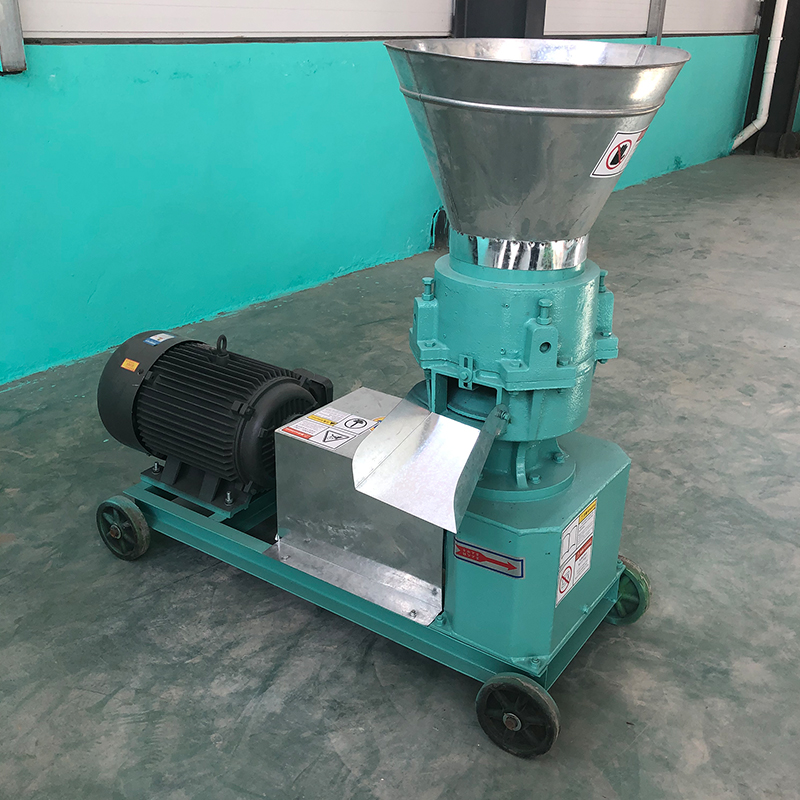
1. Influence of the parameters of the granulator itself
Suppose the output of the granulator is Q (kg/h), the inner diameter of the ring die is D (mm), the effective width of the ring die is w (mm), the linear velocity of the ring die is v (m/s), and the ring die speed is n (r/min), the ring die diameter is d (mm), the ring die opening rate is ψ, the number of openings is N (pieces), the length of the produced particles without cutting is L (mm), the particle density is ρ (kg/m3), then the length of the pellets without cutting can be calculated as:
For the above formula, it is not difficult to analyze yhe factors that affect the length L of the granulator:
1.1 Impact of pelletizer output
It can be seen from the formula that the partical length L is proportional to the output Q. In the case of other parameters unchanged, the higher the output, the longer the particles, and the longer the particles, and the shorters the particles. Therefore, in order to meet the specific particle length requirements, adjusting the output of the granulator is a possible selection method. In the actual feed production, feed manufacturers also do this, and sometimes even sacrifice a lot of output to meet the requirements of particle length. This issus will be mentioned in the following discussion.
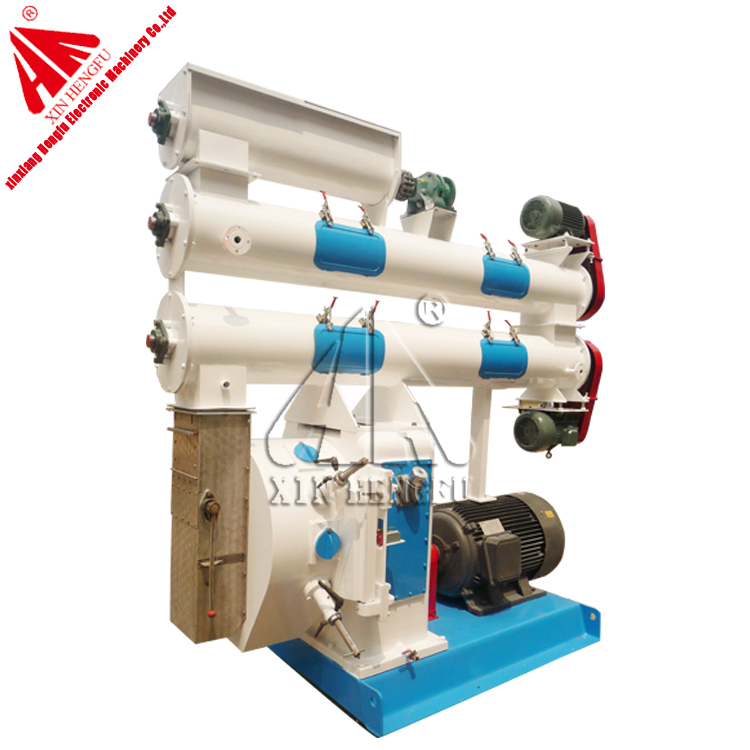
1.2. Influence of ring die linear speed or speed
It can be seen from the formula that the particle length L is inversely proportional to the ring die linear velocity V or ring die rotation speed n. Under the condition that the feed rate, that is, the output Q is unchanged, the faster the ring die speed, the more the instantaneous extruded particles. The shorter, the longer. For granulators of different sizes, the speed of the ring mold varies greatly. Generally, the speed of small granulators is high, and the speed of largr granulators is low, but the limear speed of the ring mold is controlled within a suitable range, generally at 6 m/s~9m/s to meet the needs of granulation. When the linear velocity of the ring die is small, the quality of the particles produced is high, but the produced particles may be longer than required, and too small a linear velocity will affect the output; when the linear velocity of the ring die is high, although it is beneficial to the output. The quality of the pellets may be shorter than required, and the quality of the pellets will deteriorate. This requires feed manufacturers to choose the ring speed suitable for their own according to different feed varieties. Change the transmission ratio of the granulator drive system to achieve.
1.3. Influence of ring die aperture and aperture ratio
The ring die aperture d does not directly affect the particle length L, and it has an effect on the lengh L together with the number of openings N, that is, the ring die opening rate ψ, because the opening rate ψ is proportional to the square of the ring die aperture d. The product of the number N of openings. The larger the opening rate of the ring die, the shorter the partical produced, and the longer the particles. The opening rate of the ring die corresponds to diferent ring die apertures. For example, the ring die with a ring die aperture of ф1.8mm has a hole opening rate of about 25%, and the ring die with a ring die aperture of ф5mm has a hole opening rate. Aboout 38%, generally the larger the pore size, the higher the porosity. In actual production, especially in the production of small- diameter pellets, such as the production of ф1.8mm shrimp feed, some users will complain that the pellets produced are too long, because the corresponding opening ratio of the ring die is small when the diameter is small. As a result, one of the solutions can be achieved by sacrificing part of the output, or by increasing the linear speed of the ring die discussed in the previous section. Another methous is to adjust the cutter, ect. Discussed below.
1.4 Influence of ring die inner diameter, ring die effective width and particle density
For a granulator, the inner diameter D of the ring die and the effection width W of the ring die are relatively fixed parameters, and generally do not change, so their impact will not be discussed here, The density of the particles is related to the raw material of the granulation and the compression ratio, the stronger the particle produced and the greater the density, but for general products, the density of the particles is not much different. Therefore, particles is not a major influence parameter, so we will not discuss it too much here. In short, for the same kind of granulation raw material, the greater the density of the particles produced, the shorter the particle length.
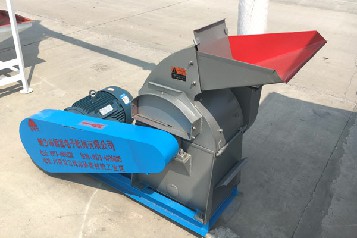
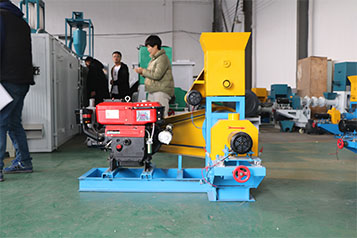
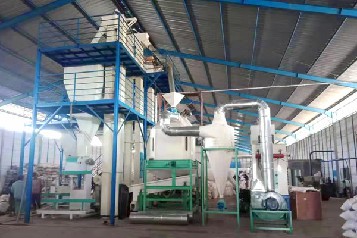
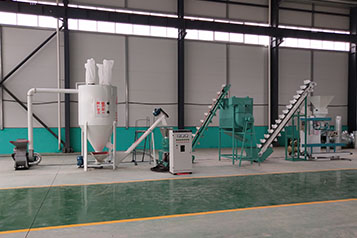
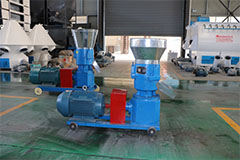


Leave your comment Here